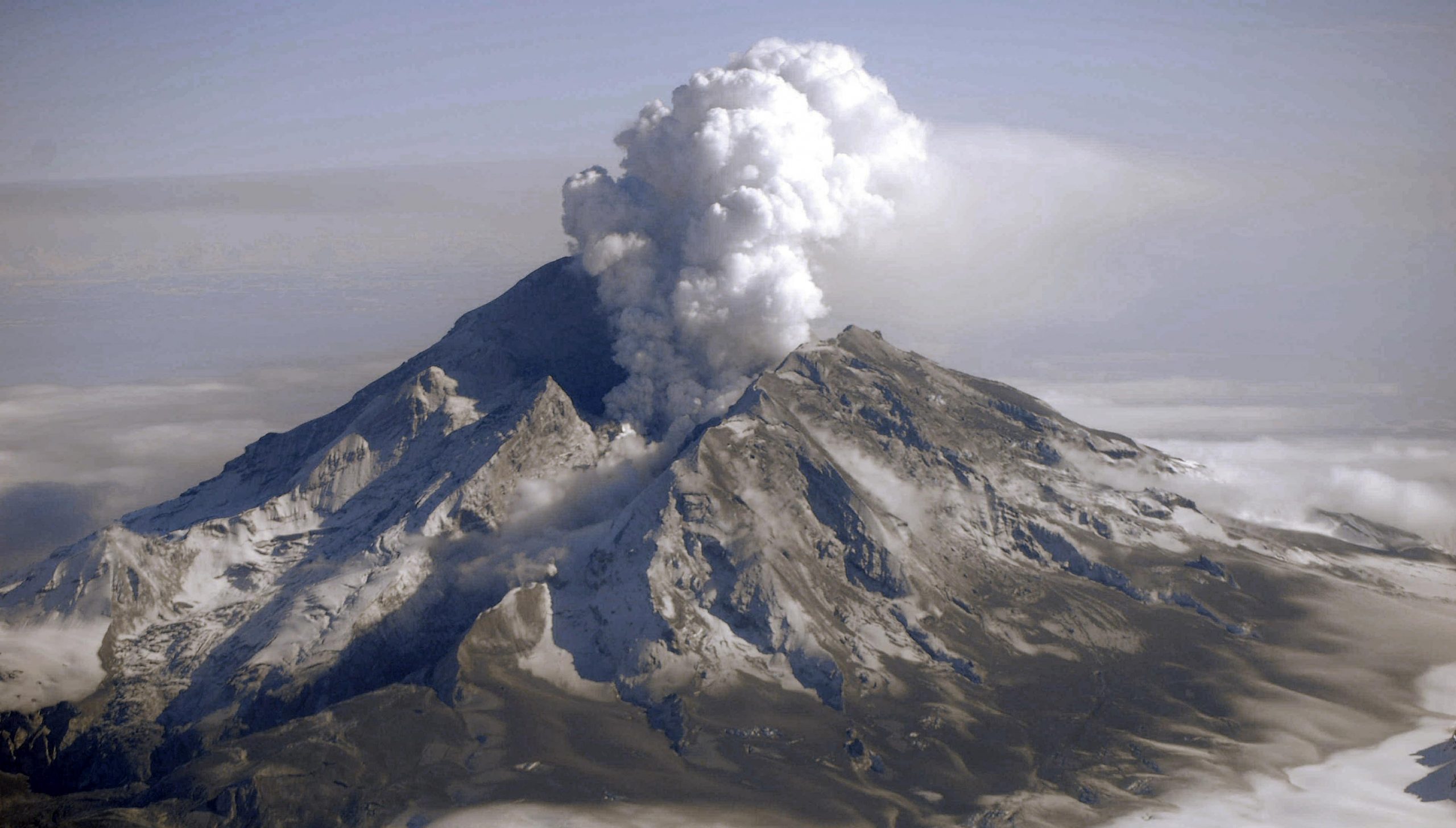
Under the best of circumstances, scientists can accurately forecast an eruption of a monitored volcano several days before it happens.
“The new methodology is based on a subtle but significant increase in heat emissions over large areas of a volcano in the years leading up to its eruption,” said lead author Társilo Girona, formerly of JPL and now with the University of Alaska, Fairbanks.Scientists recently discovered that Mount Domuyo in Neuquen, Argentina, shown here, is an active volcano.The study team analyzed 16 ½ years of radiant heat data from the Moderate Resolution Imaging Spectroradiometers (MODIS) – instruments aboard NASA’s Terra and Aqua satellites – for several types of volcanoes that have erupted in the past two decades.Despite the differences between the volcanoes, the results were uniform: In the years leading up to an eruption, the radiant surface temperature over much of the volcano increased by around 1 degree Celsius from its normal state.
In a study published in Scientific Reports last summer, Lundgren used interferometric synthetic aperture radar (InSAR) data to analyze long-term deformation at Argentina’s Domuyo Volcano.At the time, scientists weren’t certain whether Domuyo was a dormant or extinct volcano, or whether it was just a mountain.
It turns out that Domuyo is very much a volcano – and an active one.
Next, Lundgren compared this deformation time series to the thermal time series Társilo Girona created for Domuyo Volcano.Lundgren’s goal: to determine whether the two processes – an increase in both radiant surface temperature over large areas of the volcano and deformation – were connected.
“We found that the thermal time series very much mimicked the deformation time series but with some time separation,” said Lundgren.In other words, combining the datasets provides clues about what’s happening deeper inside the volcano and how the various processes influence and interact with each other – data that can improve the accuracy of models used to forecast eruptions.“Although the research does not answer all of the questions, it opens the door to new remote sensing approaches – especially for distant volcanoes – that should get us some fundamental insights into competing hypotheses for how volcanoes behave in general dynamic terms over timescales of a few years to decades,” Lundgren added.Moving forward, the scientists will test the thermal time series method on more volcanoes and continue to fine-tune its precision.“Using the new thermal method that detects changes in the surface temperature around volcanoes and the InSAR ground-surface deformation measurements helps enable volcano observatories around the word to identify which volcanoes are the most likely to erupt and which volcanoes should be instrumented for closer observations,” Lundgren said.As for the once-largely-ignored Domuyo, the story is still evolving: It is one of several volcanoes recently prioritized by the Argentine government to be outfitted with a monitoring system.“The dynamics of large silicic systems from satellite remote sensing observations: the intriguing case of Domuyo volcano, Argentina” by Paul Lundgren, Társilo Girona, Mary Grace Bato, Vincent J